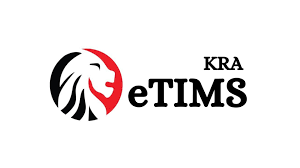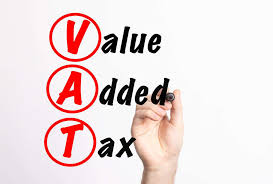We all like putting our best foot forward; similarly, this goes for organisations. Oftentimes, professionals charged with the duty of financial reporting do get overzealous and play fast and loose with the truth. There are different motivations why this is so, it could be to help secure new funding, strengthen specific partnerships, avoid the wrath of investors, or simply earn a performance bonus.
Cooking numbers is an accounting euphemism for “massaging the truth” Whereas the scale and intent of the “cookery” may vary, cooking numbers is not entirely equated to fraud. However, corporate misdeeds can sour public perception and investor apathy. It is partly for this reason that the US legislated the now popular Sarbanes-Oxley (SOX) Act of 2002. SOX was directly inspired by the need to hold senior executives to account and to drive reforms in the wake of the Enron scandal which involved extensive creative accounting.
Exactly what is cooking the books? In the simplest form, this is basically ‘creative accounting.’ Now, we all know that accounting is governed by a set of rules, the international financial reporting standards (IFRS). Creative accounting is using the accounting rules to your advantage. A standard is a bar, it must be reached or surpassed, so how exactly do you get creative with such? I will help you understand. Whereas accounting standards exist and must be met, much of accounting requires judgement (indeed even the standards leave acres upon acres of unregulated space trusting that the accountant will make a reasonable judgement). A few examples of areas an accountant will make judgement on include, expected bad debts, future donor inflows, future warranty/after sale service claim etc.
These familiar unknowns are part of everyday accounting life. The chief finance officer (and his army of accountants) is entrusted with the overall responsibility of ensuring that judgments and assumptions have been made for these familiar unknowns. It is a fiduciary position, enveloped entirely in trust. Each judgement call lies within the ambit of a standard but still the range is wide.
Cooking books through intentional misrepresentation of the organisation’s financial results is alarmingly habitual. I will show you three very common ways how CFOs pull off this trick. (You need to know this not so that you do it but so that you become a better reader of financial statements)
Trick 1 – Revenue recognition: Let’s start with a premise that your organisation has enjoyed a great first half, some windfall of sorts. You are not sure what the second half brings. You strongly feel that the factors that drove a buoyant half 1 will not be present in half 2. Therefore, you would like to “throw over” some of the half 1 revenue into half 2 so that you have consistent story to tell your investor at the AGM. How do you do this? – change the revenue recognition rule. In this case, let’s assume that you are dealing with manufactured product and customers have already paid for the units in half 1 which you have booked as sales; the CFO will get creative and make a judgement that all sales booked which have not been shipped out should be recognised not as revenue but as prepayment and voila! Just like that revenue gets thrown over from half 1 to half 2, the objective of achieving a consistent curve is achieved.
Trick 2 – Expense transfer. This is highly prevalent; accountants use a concept known as the matching principle to attach costs to either activity or revenue. Should the resultant expense be undesirable for example assuming that expenses incurred during the year are high and therefore eroding the profit (no bonuses no dividends), accountants will surmount this challenge by making a judgment to defer costs. In this case, costs incurred during the year will be judged to be beneficial even in the coming year and removed from the expenses row to a prepayment row in the balance sheet. This shifting will reduce expenses in the current year and lead to a desirable profit number. Perfect cookery! If the opposite was true and the CFO was afraid that expenses are low and therefore the reported profit number is too high and therefore shareholders will demand a higher dividend (and maybe there is no cash to fund this), the CFO will make a judgement that some contingent risks are present and proceed to book an expense on account of that risk, puzzle solved!
Trick 3 – Cashflow tinkering. This one is a filthy secret. It is especially very common where cash conversion cycle (CCC) is a bonus qualifying metric. This involves manipulating events that results in the measurement of CCC. In measuring the CCC, there are several measures that apply i.e. inventory days, creditor days, debtor days. The best outcome for any CFO is to have very short debtor and inventory days and very long creditor days. If the CFO is hell bent on reporting a favourable CCC, he can for example intentionally delay payment to suppliers until the year end date is past (poor supplier). In this way, cash will be conserved in the business and a high CCC reported, bonus earned!
Creative accounting is all about selecting a convenient assumption to get the outcome you want. Become a better reader of financial statements or engage with us to help you in financial matters, contact us today.














